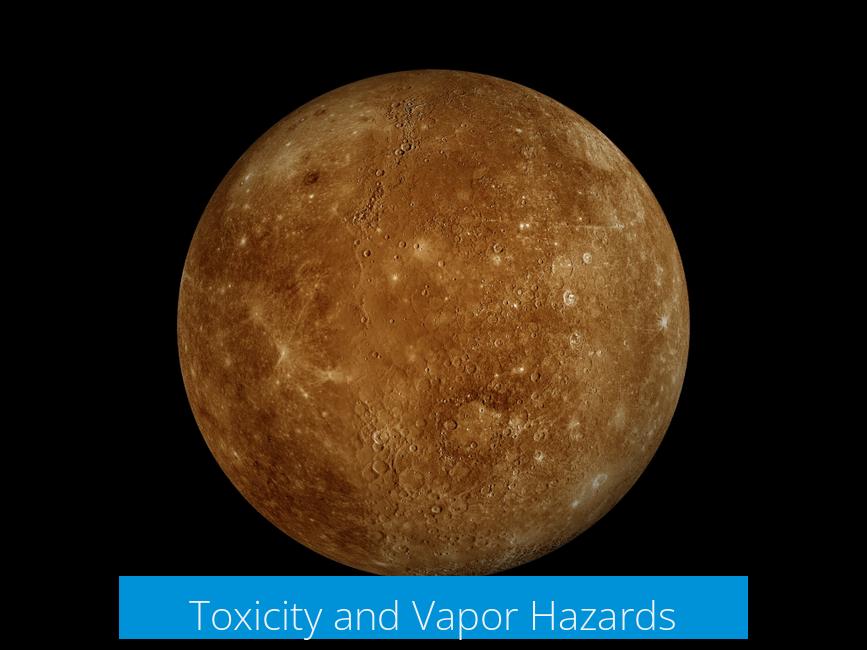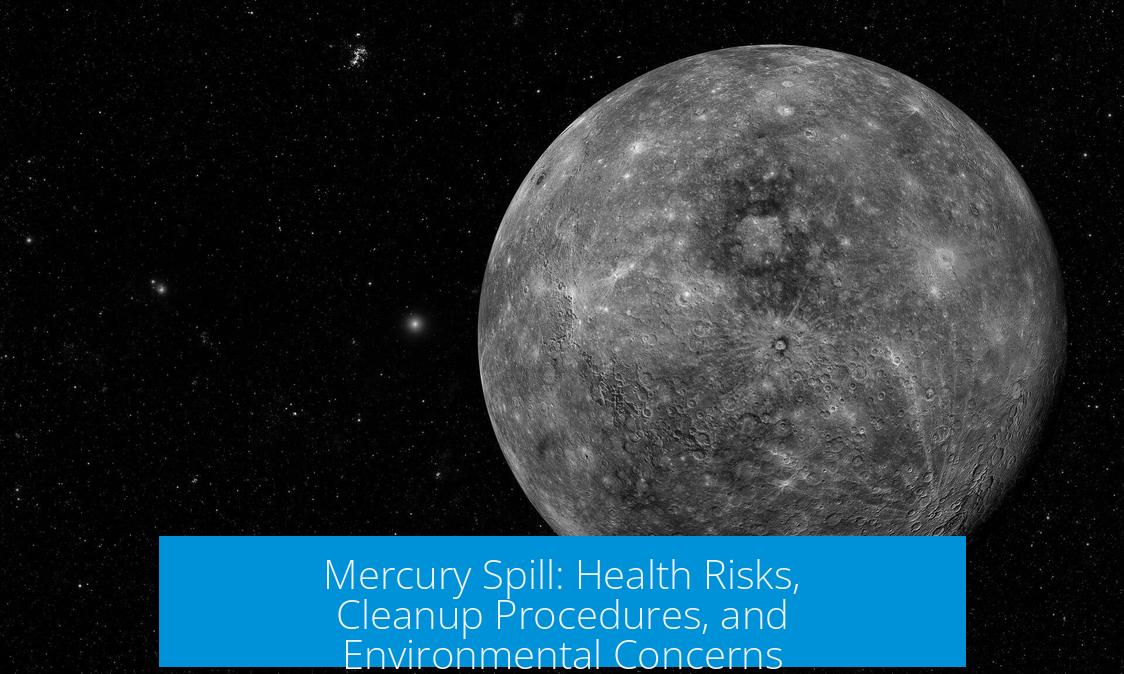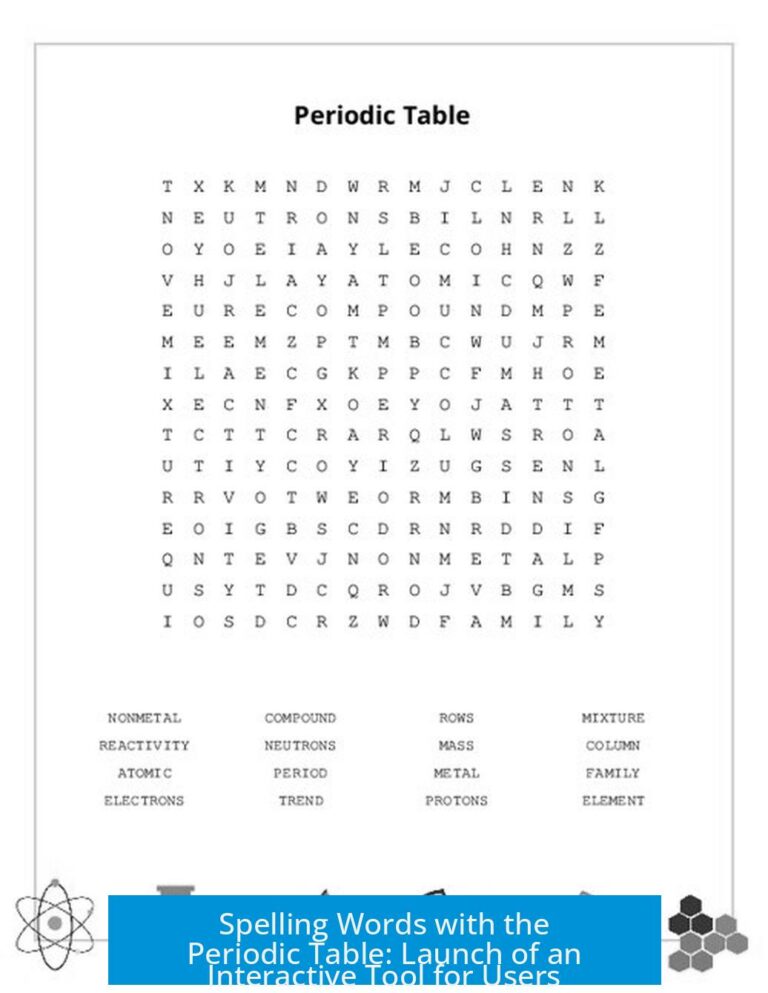Understanding Mercury Spills and Effective Cleanup Methods

A mercury spill involves liquid elemental mercury, commonly found in thermometers and some older devices. The primary concern is mercury vapor, which poses health risks. Effective cleanup uses elemental sulfur or suction tools to collect mercury beads, followed by proper disposal. Ventilation is crucial to minimize vapor exposure.
What Is a Mercury Spill?
Mercury spills consist of small droplets of liquid mercury scattered on surfaces. A typical source is a broken thermometer. Mercury does not soak into materials but forms beads that can roll into cracks. It evaporates at room temperature, producing toxic vapors.
Spills in toilets or drains trap mercury underwater, preventing vapor release. However, lingering mercury beads on floors can emit harmful vapors, especially if the area is poorly ventilated.
Health and Safety Risks from Mercury Spills
Toxicity and Vapor Hazards

- Liquid mercury itself is less harmful upon contact.
- The main risk arises from inhaling mercury vapor, which accumulates indoors over time.
- Prolonged exposure to vapor can cause serious health problems, including neurological effects.
- Spills in confined or unventilated spaces increase vapor concentration and risk.
Common Misconceptions
Many small spills, such as from a single thermometer, pose minimal long-term risk if cleaned promptly. Mercury does not absorb into most materials, so once separated from mercury beads, items become effectively mercury-free. Exposure risks depend on spill size and ventilation, not merely presence of mercury.
Nevertheless, ignoring cleanup can lead to dangerous vapor buildup. Professional advice is recommended for large spills.
Safe Cleanup Procedures for Mercury Spills
Using Elemental Sulfur to Stabilize Mercury
Powdered elemental sulfur reacts chemically with mercury to form cinnabar (mercury sulfide), a stable and less volatile compound. Applying sulfur powder to the spilled mercury significantly reduces vaporization risk and mobility of mercury.
- Broadcast sulfur powder generously over the spill.
- Allow time for sulfur to react (several days).
- Vacuum or scoop up the combined mercury-sulfur residue carefully.
Dispose of all contaminated materials (gloves, wipes, residues) by sealing them in glass jars and delivering to a hazardous waste facility.
Using Syringes and Suction Tools
For collecting mercury beads, manual suction tools work well:
- Use a syringe with tubing, pipette, or turkey baster to suck up mercury droplets.
- Be careful when removing mercury from toilets or drains; drain water first if possible.
- Dispose of suction devices after use, or thoroughly decontaminate them.
Ventilation and General Cleaning
Proper ventilation disperses mercury vapor. Open windows and use fans to air out the space over several days after cleanup. Clean all surfaces contacted by mercury with disposable towels. Avoid vacuuming with standard household vacuum cleaners due to vapor risk and potential damage to equipment.
Disposal of Mercury and Contaminated Materials
- Place mercury-contaminated items in tightly sealed glass containers.
- Do not discard mercury into regular trash or drains.
- Contact local hazardous waste disposal services for proper handling.
- Chemical waste management centers accept mercury waste safely.
- Universities and government agencies often provide mercury cleanup kits or assistance.
Additional Recommendations and Warnings
- Never vacuum mercury with home vacuums; mercury damages the vacuum and spreads vapor.
- Do not allow mercury to remain exposed to air, as vapors are toxic.
- Be cautious with mercury spill kits; they typically contain sulfur powders to stabilize mercury.
- If unsure, call local fire departments or environmental agencies for assistance.
- Verify the metal spilled—liquid metals like galinstan are sometimes confused with mercury and are less toxic.
- Check entire areas for hidden mercury beads, such as small rounded droplets that roll under furniture.
Environmental Concerns
Mercury can leach into groundwater if improperly disposed down drains or toilets. Although a single thermometer’s mercury content is small, cumulative spills can pose environmental hazards over time. Avoid flushing mercury or contaminated materials into plumbing systems.
Case Examples
- Historical gold mining sites discharged mercury into waterways, leading to lasting soil contamination.
- Laboratory spills highlight the need for prompt cleanup and containment.
Key Takeaways
- Mercury vapor inhalation is the main health risk from spills.
- Elemental sulfur effectively stabilizes mercury into less volatile cinnabar.
- Manual suction tools gather mercury beads safely, especially in toilets or drains.
- Ventilate areas well after cleanup to reduce vapor buildup.
- Dispose of all mercury and contaminated materials as hazardous waste.
- Avoid household vacuum cleaners and improper disposal methods.
- Seek professional or governmental guidance for large or uncertain spills.





Leave a Comment